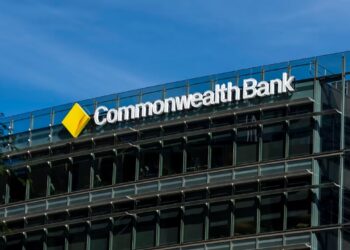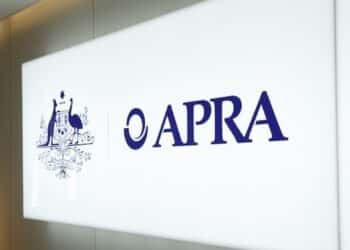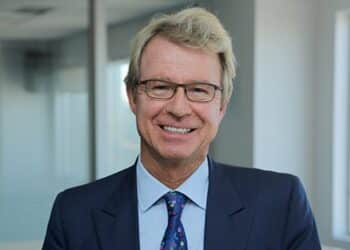So far the RBA has cut 100 basis points from the cash rate this year. The first cut of 50 basis points was delivered in May followed by 25 basis points in June and a further 25 basis points in October.
At 3.25 per cent the cash rate sits at the lowest level since October 2009 when the RBA lifted it from 3 per cent.
The RBA said financial markets have responded positively over the past few months to signs of progress in addressing financial problems in Europe, but expectations for further progress remain high.
“Long-term interest rates faced by highly rated sovereigns, including Australia, remain at exceptionally low levels,” RBA governor Glenn Stevens said.
“Capital markets remain open to corporations and well-rated banks, and Australian banks have had no difficulty accessing funding, including on an unsecured basis.
“Borrowing conditions for large corporations are similarly attractive. Share markets have generally risen over recent months,” he said.
He explained that most indicators suggest that growth has been running close to trend over the past year, led by very large increases in capital spending in the resources sector.
“Looking ahead, the peak in resource investment is likely to occur next year, at a lower level than expected six months ago. As this peak approaches, the Board will be monitoring the strength of other components of demand,” Mr Stevens said.
“The exchange rate, though, remains higher than might have been expected, given the observed decline in export prices and the weaker global outlook,” he said.
Further effects of actions already taken to ease monetary policy should be expected over time. The Board will continue to monitor those effects, together with information about the various other factors affecting the outlook for growth and inflation.







